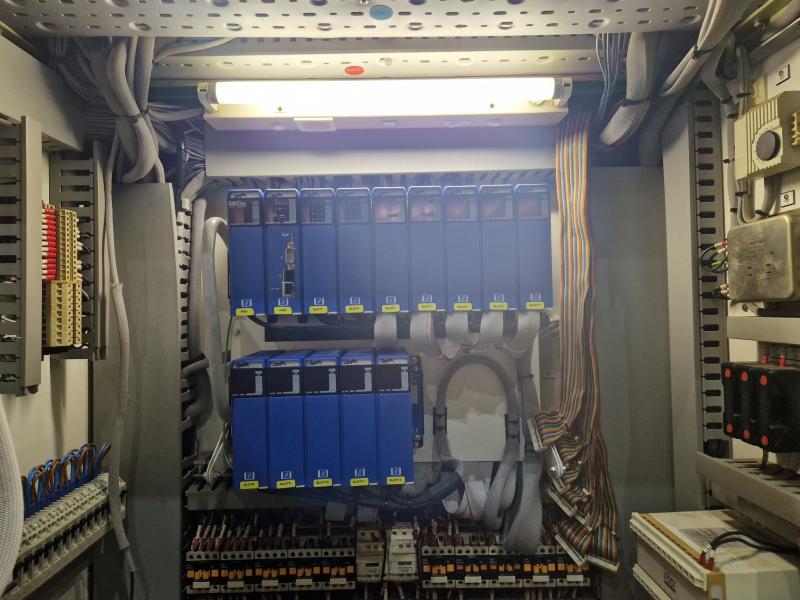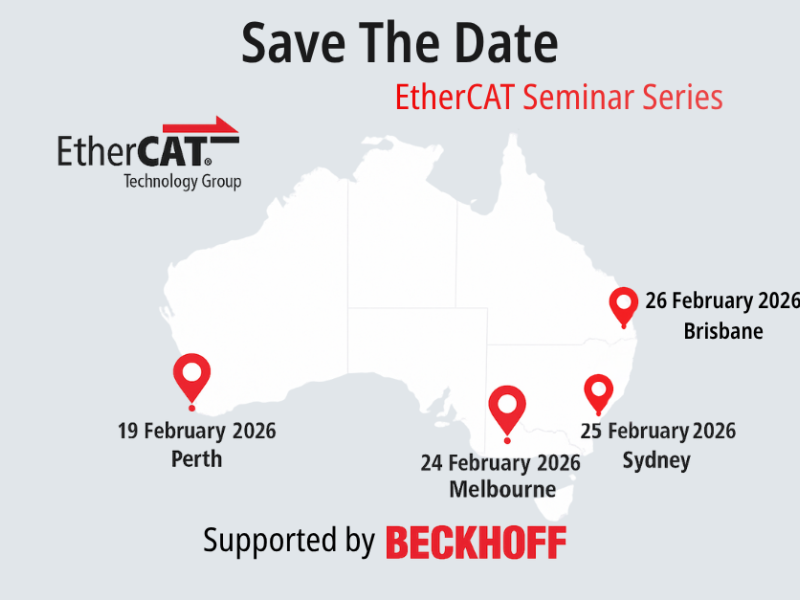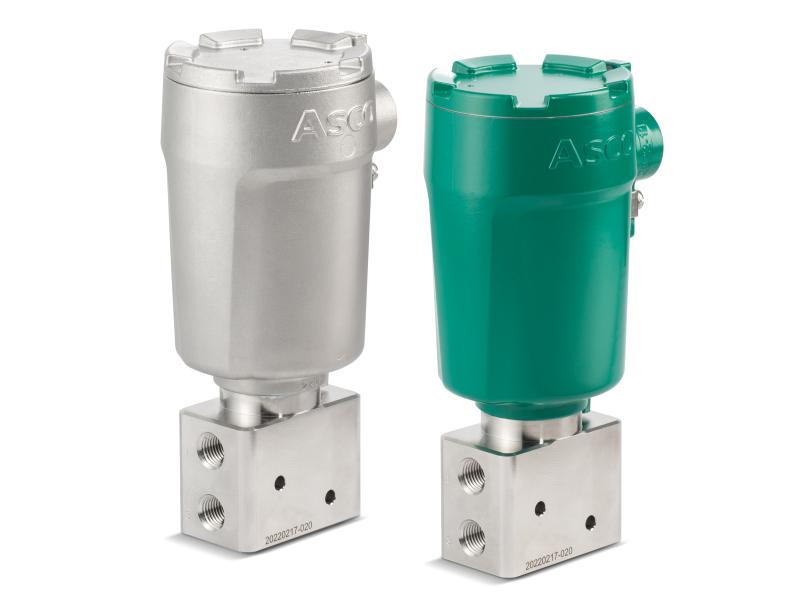An F-35 fighter plane has 8 million lines of code. A modern car, by comparison, has hundreds of millions of lines of code. The car is on its way to becoming an even more demanding software platform than the cell phone, says Tero Päivärinta, professor of Empirical Software Engineering at the University of Oulu, Finland.
“The car is an IoT device [Internet of Things] and a very software-intensive one. From a researcher's point of view, there is an enormous amount of things to investigate and problems to solve,” Päivärinta says.
As society pushes toward smart traffic that's populated with semi-autonomous vehicles–and eventually fully autonomous ones–the interoperability of different systems is crucial. For traffic to become safer, cars and other vehicles must be able to react to their environment and to other vehicles.
“We create huge demands for mobile communications and connectivity if we want cars to be aware of their context. But we also need software for connectivity, for controls that assist the driver, and eventually for work and entertainment applications. All these interfaces will have to be standardised to ensure interoperability,” Päivärinta explains.
As Päivärinta sees it, all this spells good news for software companies. Instead of writing software for one specific car brand, a software company will create products for the lot of them. The software ecosystem will be redefined, and this is going to be crucial for the European automobile industry, says Päivärinta.
From the road to the skies
If we look at mobile phones today, we can get a fairly clear idea of what the car will become in the future. Phones are very complicated devices that nevertheless work together: you can use any manufacturer's cell phone in any operator's network to call any other cell phone worldwide. The infrastructure and interoperability we take for granted when making a phone call or posting a selfie will have to be developed for smart cars driving on smart roads in smart cities. The smart traffic of the future is not only wheels on asphalt; it is also vehicles aloft, up in the air.
“Urban air mobility changes the game significantly. When you can use elevation, you get quite literally a completely new perspective on any given situation,” says Jussi Haapola, an Adjunct Professor at the University of Oulu, who is working on vertical application areas of wireless communications.
Transporting cargo and people, air rescue, monitoring terrestrial traffic, and creating public safety applications are all examples of intense development in air mobility. Air and ground communications will play a big part in creating future solutions, and it requires ultra-fast and ultra-reliable data transfer, or what 6G promises to deliver.
“The idea for 6G is that a huge amount of information is available from innumerable different sources and is processed intelligently and rapidly. This will enable real-time traffic planning and help create 'see-the-invisible' solutions, where the driver or the vehicle will get a notification of something that's around the corner and requires attention,” Haapola says.
“I want to sit in the back seat”
6G is not the end goal but rather an enabler of things, something both Päivärinta and Haapola are keen to emphasise. “I want to have 6G be like air or electricity, something that makes things happen but without us having to think about it,” Haapola says. And in time, faster and more reliable data transfer and computing will help us create the smart traffic of the future. But what will that future look like?
“I want to sit in the back seat, first of all,” Haapola laughs. “I want to work, have meetings, read newspapers online or whatever I feel like. I also don't want to do those things on the phone. Maybe the phone will be in my backpack, but the car will be my interface to everything.”
Tero Päivärinta paints a similar picture.
“Much like cars will have digital representations in traffic; you will have a digital twin the car recognises. Seats will be adjusted, and streaming services will automatically be selected according to your profile. 6G will have a major impact on how you use your time while travelling, whether for work or recreationally.”






